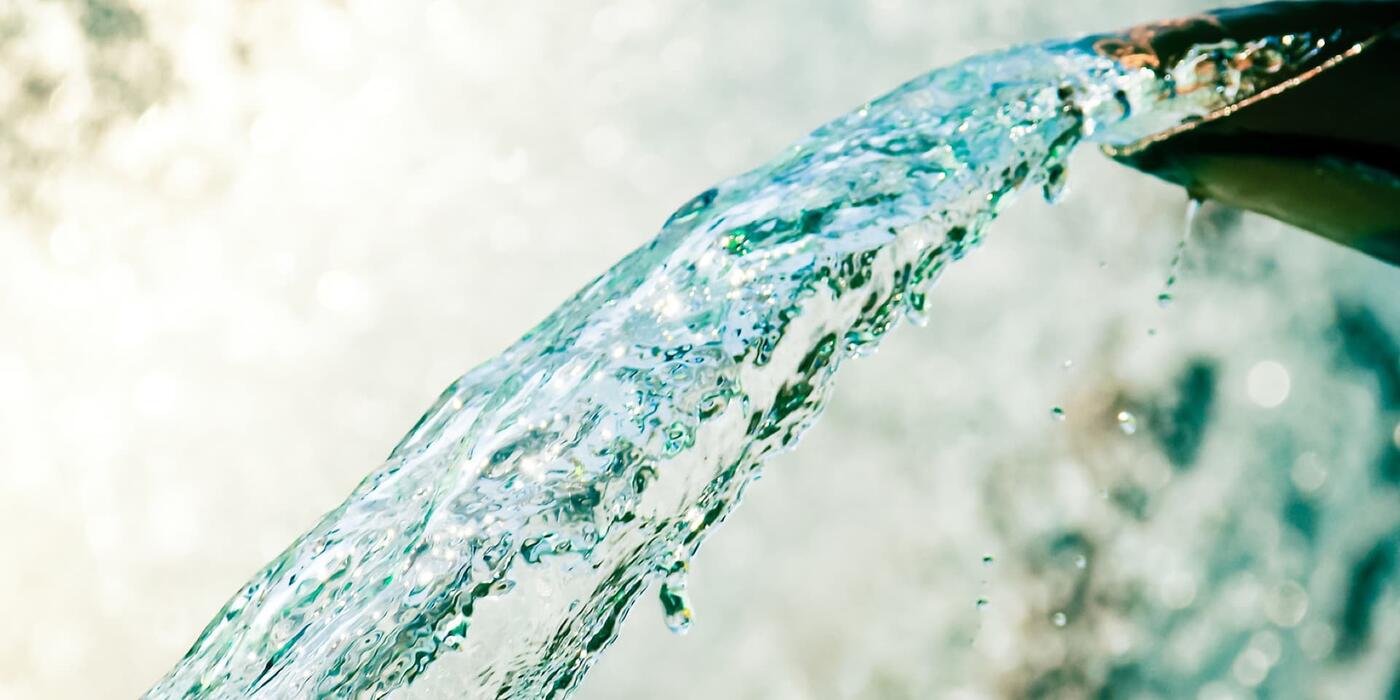Water and Air

Water and Air
When we practice sports, we take deep breaths and stay hydrated. All the more reason for us to care for the protection of the environment. To live in a sustainable world, we actively work with our manufacturing partners on keeping water and air clean.

Air To Breathe, Water To Drink
Clean water and air are a precondition for a healthy life and to practice outdoor sports. PUMA is invested in making sure our manufacturing partners clean up their wastewater and exhaust gases before they can even hit the environment. Our efforts are backed and supported by our industry peers, the Zero Discharge of Hazardous Chemicals Programme, and other interested stakeholders.
Taking Aim
To lessen our impact as a whole, we control water and air emissions where they are most likely to occur. That means focusing on those facilities which use a lot of water and thermal energy for their industrial processes, such as dye-houses and tanneries. Together, we agreed with these facilities that they test their waste-water according to globally accepted standards and publish transparent reports on their test results to the public.
Field Data
There are conventional wastewater parameters, such as temperature, color, pH-value or chemical oxygen demand, that serve as base of any good wastewater treatment systems. Like any playing field, these provide us with guidelines on where we should be moving. This way, we ensure that water released into rivers, lakes or the sea do not leave a negative impact on these ecosystems.
Heavy Metals
On top of the conventional parameters and priority hazardous chemicals, PUMA’s waste-water tests include checks for heavy metals. When not controlled properly, heavy metals are wild cards, capable of bioaccumulating and affecting our natural environment negatively. It comes full cycle when through accumulation in food crops and fish, heavy metals released into the environment also enter the human body.
Additional Parameters
Our tests also include carcinogenic, mutagenic and reprotoxic as well as persistent and bio-accumulative substances. To do so, we use the waste-water quality guideline of the Zero Discharge of Hazardous Chemicals Programme and refer to their Manufacturing Restricted Substances List (MRSL) for the apparel and footwear industry.
Together with our industry peers and the Zero Discharge of Hazardous Chemicals Foundation, we are currently working on creating an air emissions quality guideline as well.
See The Results
We believe in sportsmanship and offer transparency in our doings. Test results from our core suppliers are publicly available via the online platforms of the Chinese NGO Institute of Public and Environmental Affairs (IPE) as well as the ZDHC.